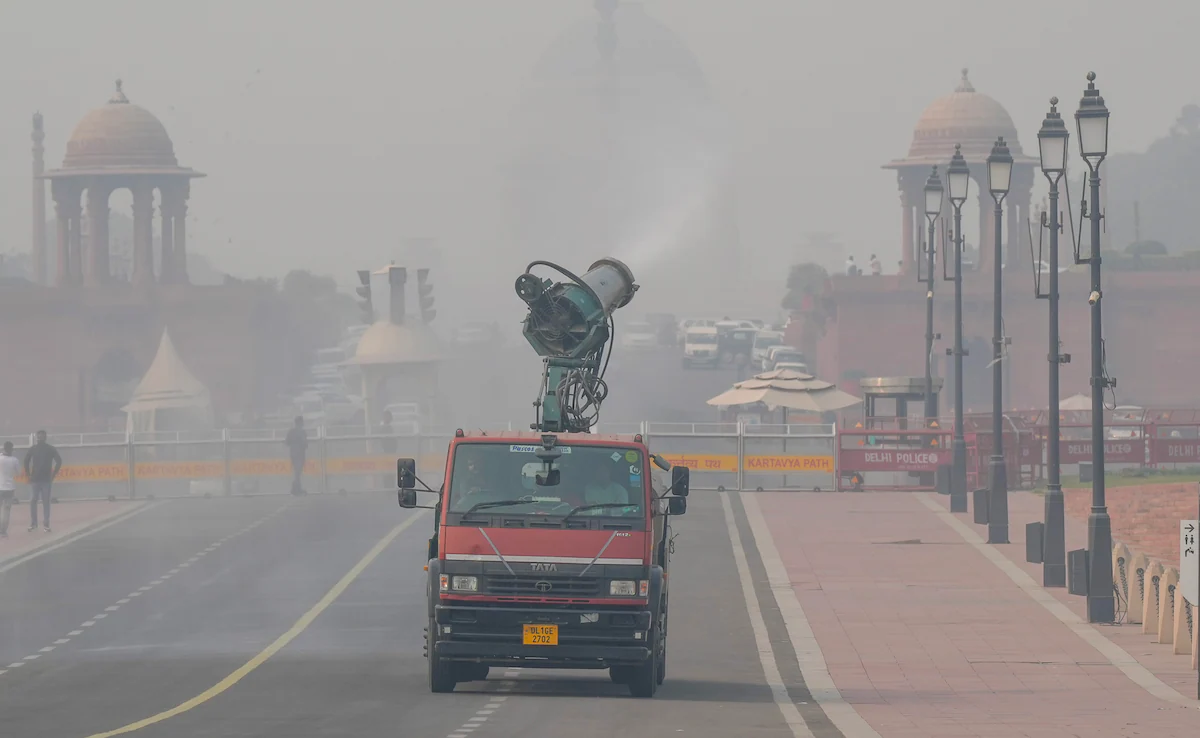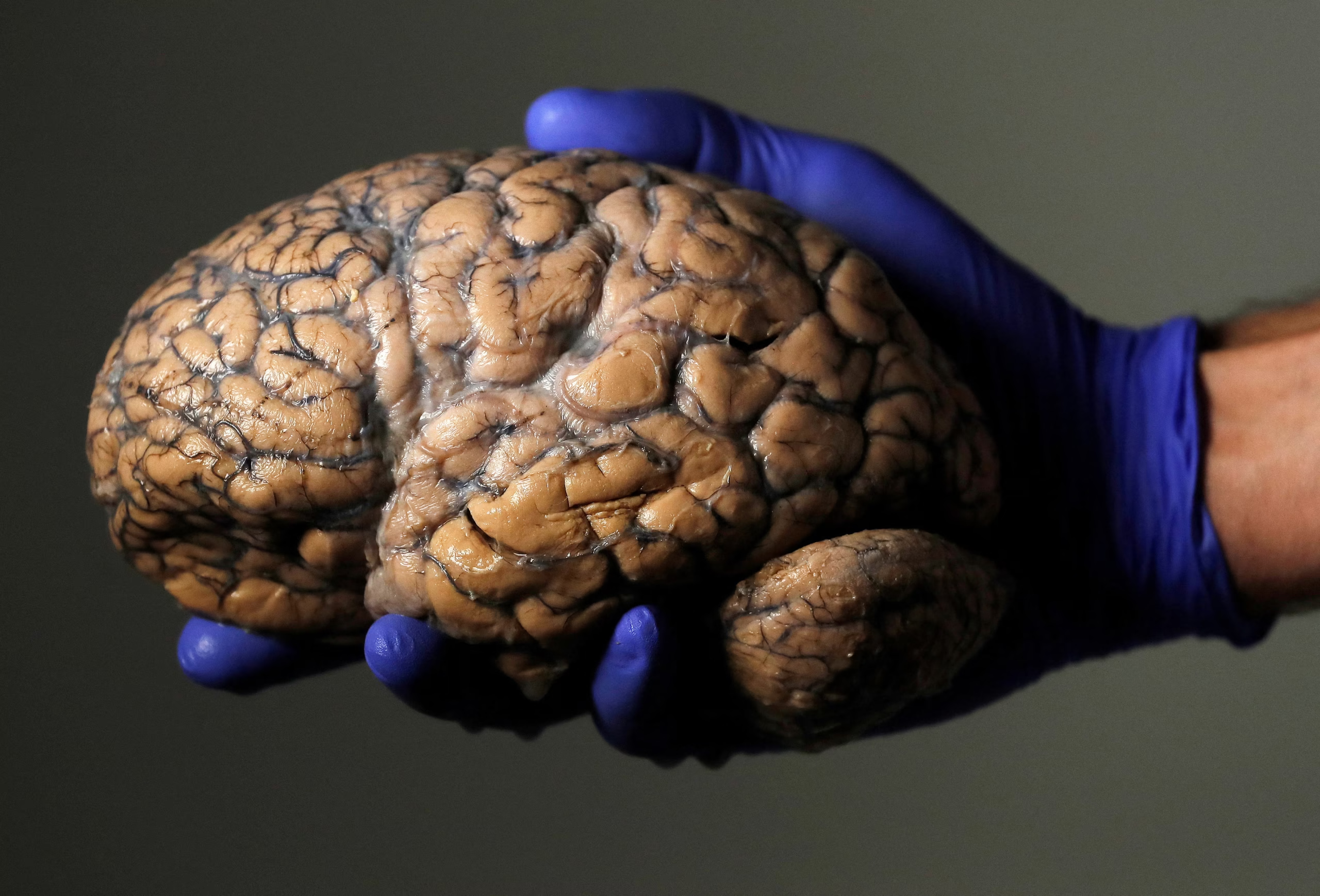Context
- The Supreme Court recently asked authorities to explain whether Delhi’s air-quality monitoring equipment is suitable for the city’s conditions.
- Accurate AQI readings are crucial because Delhi relies heavily on them to assess daily pollution exposure.
- Concerns were raised about malfunctioning stations and incorrect measurements during high-pollution events.
What Are Air Quality Monitoring Stations?
- Air Quality Monitoring Stations (AQMS) are facilities that measure levels of key pollutants to calculate the Air Quality Index (AQI).
- Delhi has:
- 40 Continuous Ambient Air Quality Monitoring Stations (CAAQMS).
- These include compact, temperature-controlled cabins with analysers, pumps, and data loggers.
- Stations monitor eight key pollutants:
5, PM10, NO₂, SO₂, CO, Ozone, Ammonia, and Lead.
- They operate under CPCB guidelines (2012) and follow strict calibration and quality-control procedures.
How Do These Monitors Work? (How They Measure Pollutants)
- Measuring Particulate Matter (PM2.5 & PM10)
- Monitored using Beta Attenuation Monitors (BAM).
- How it works:
- A beam of beta rays passes through a filter collecting dust.
- The beam weakens when dust increases.
- This loss tells us how much particulate matter is present.
- Measuring Gaseous Pollutants
- Uses optical methods (light absorption/emission at specific wavelengths).
- Different gases absorb light differently → giving pollutant concentration.
- Approved Methods
- Under NAAQS 2009, India allows:
- Gravimetric (for manual PM measurement)
- Wet-chemical techniques
- Under NAAQS 2009, India allows:
- Automated instrument-based techniques
- These ensure comparable data across India.
Why Do AQI Readings Falter?
- Equipment Performance Problems
- CPCB requires 16 hours of reliable data per day.
- Many stations fail to meet this due to:
- Sensor malfunction
- Calibration shutdown
- Power cuts
- Extreme weather
- Several Delhi stations also do not measure all pollutants, weakening the AQI dataset.
- Environmental and Technical Issues
- High humidity → increases PM loading on filters → readings appear artificially high.
- Instrument drift if not calibrated regularly.
- Station location:
- Too close to buildings, trees, vents, or roads → distorted airflow → incorrect readings.
- Dust accumulation inside equipment → destabilises sensors.
- Data-transmission failures → missing real-time updates.
- Scientific Studies on Accuracy
- CSIR & AcSIR studies found:
- During high humidity or RH > 60% → PM2.5 bias increases.
- PM readings can rise 30% or more due to meteorological factors alone.
- CSIR & AcSIR studies found:
- Winter & post-monsoon readings show higher deviations.
- During pollution spikes, biases can change AQI by +5 when PM loading increases.
- Using site-specific correction factors can reduce measurement error from 46% to under 2%.
Implications
- Misleading AQI readings impact public health decisions, school closures, and emergency alerts.
- Poor data affects India’s policy planning, pollution modeling, and accountability of polluting sectors.
- Incorrect readings may underreport or exaggerate pollution levels, affecting:
- Stubble burning analysis
- Industrial regulation
- Traffic management
- Weather-pollution forecasting
Challenges & Way Forward
| Challenges | Way Forward |
| Inaccurate readings due to humidity, dust, and instrument drift | Use humidity-corrected PM algorithms and weather compensation models |
| Stations often malfunction; 16 hours of quality data rarely generated | Ensure regular calibration, maintenance, and uninterrupted power supply |
| Poor placement of stations leading to site bias | Follow CPCB siting norms; relocate incorrectly placed monitors |
| Insufficient measurement of all eight pollutants | Upgrade all stations to meet NAAQS pollutant requirements |
| Manual data gaps and transmission failures | Improve automated data logging and backup systems |
| Lack of local correction factors for Delhi’s conditions | Implement city-specific calibration using Indian meteorological data |
Conclusion
Delhi’s air-quality monitoring network is crucial, but it needs better calibration, scientific corrections, and operational discipline to produce accurate data. Strengthening monitoring infrastructure will improve AQI reliability, support effective pollution control, and guide evidence-based public health responses.
| EnsureIAS Mains Question Q. Delhi’s air-quality monitoring network faces multiple scientific and operational challenges. Discuss how inaccuracies in AQI measurement arise and suggest reforms to strengthen air-quality monitoring in India. (250 marks) |
| EnsureIAS Prelims Question Q. Consider the following statements about Air Quality Monitoring in India: 1. Beta Attenuation Monitors (BAM) measure particulate matter using the weakening of beta rays. 2. CPCB requires at least 16 hours of validated data for AQI reporting. 3. High humidity can distort PM2.5 readings by increasing particle loading. 4. All CAAQMS stations must compulsorily measure PM2.5, PM10, NO₂, and Ozone. Which of the above statements are correct? A. 1, 2 and 3 only Answer: A Explanation: Statement 1 is Correct: BAM works on beta attenuation (beam weakening). Statement 2 is Correct: CPCB requires minimum 16 hours of valid data. Statement 3 is Correct: High humidity increases PM loading → biases readings. Statement 4 is Incorrect: Not all stations measure all pollutants; many Delhi stations miss some. |
Also Read | |
| UPSC Foundation Course | UPSC Daily Current Affairs |
| UPSC Monthly Magazine | CSAT Foundation Course |
| Free MCQs for UPSC Prelims | UPSC Test Series |
| Best IAS Coaching in Delhi | Our Booklist |




